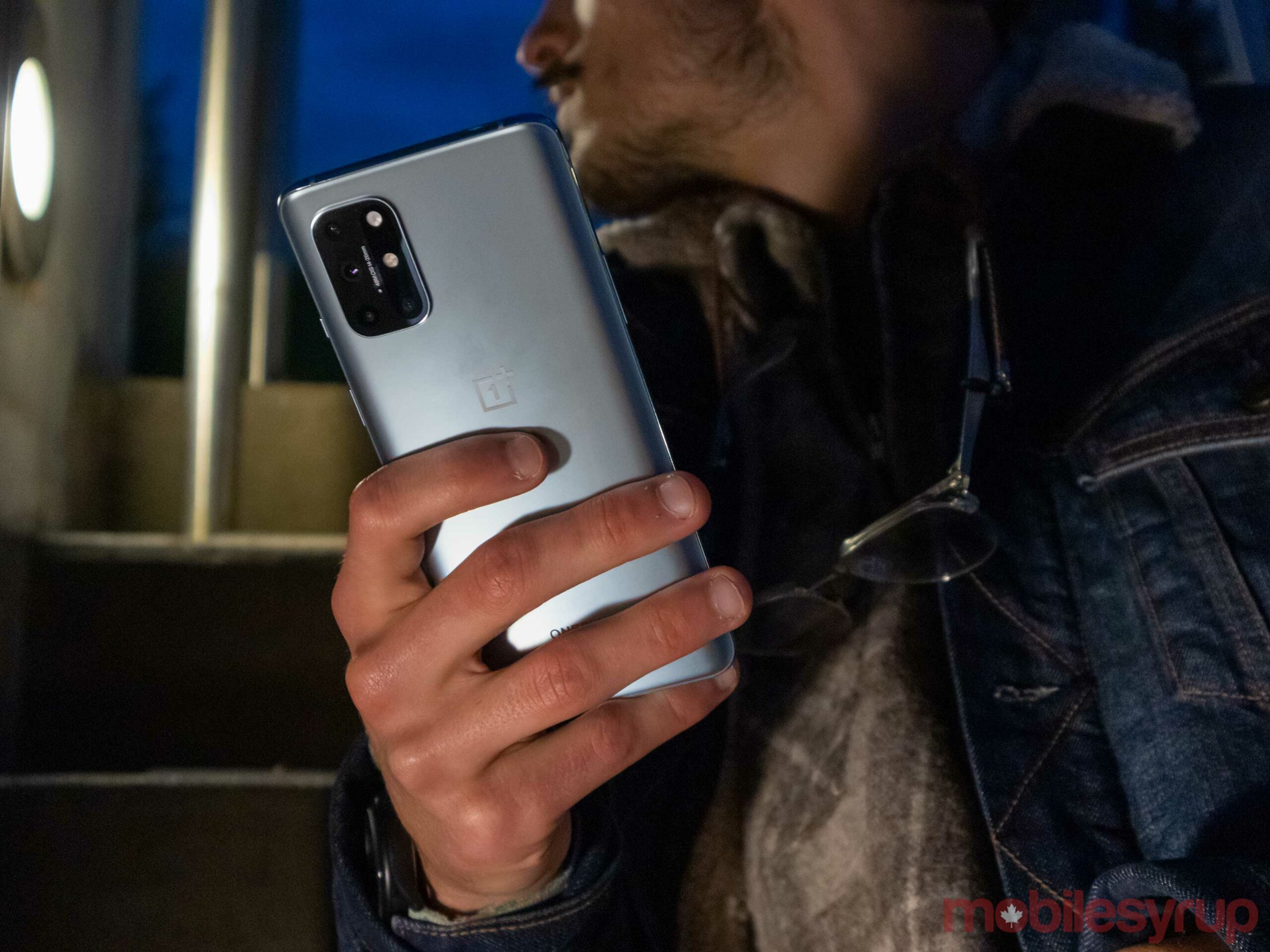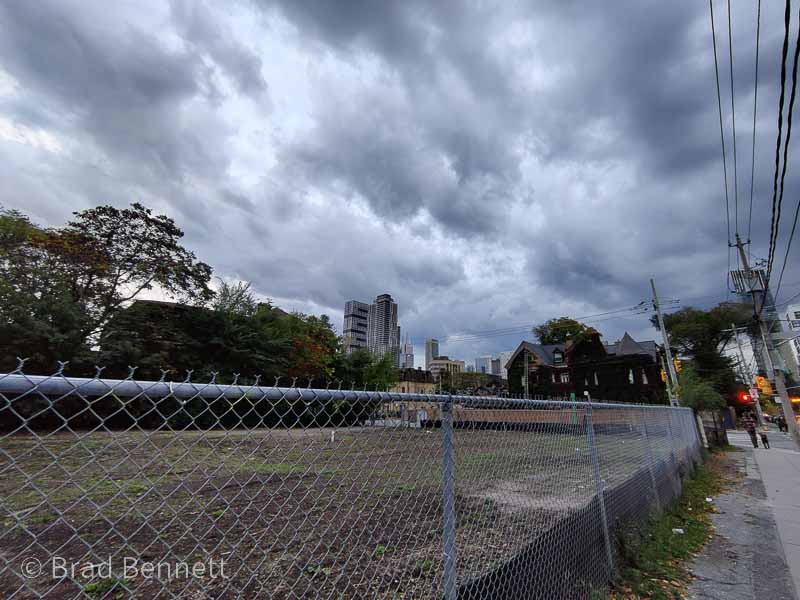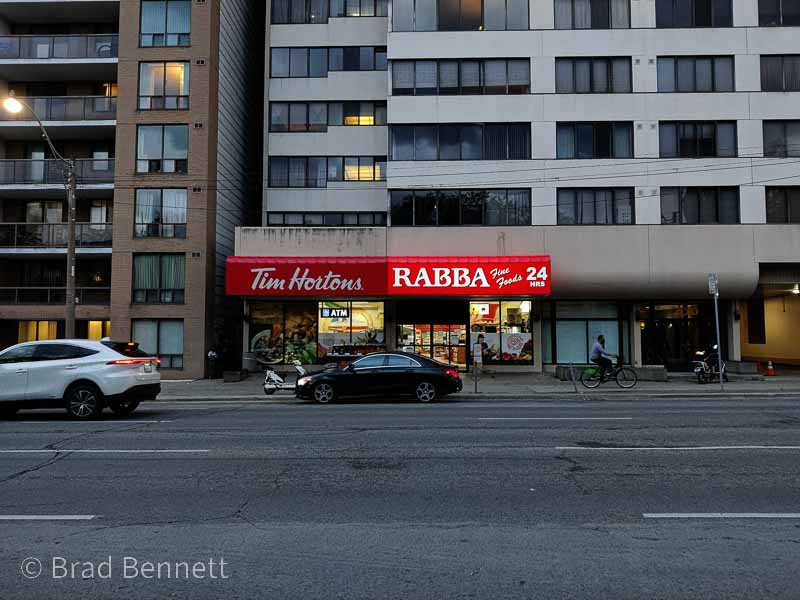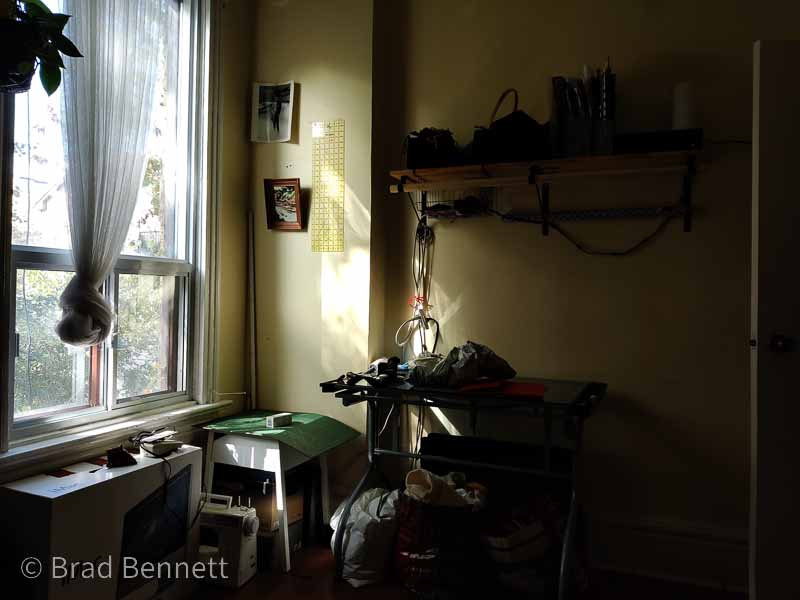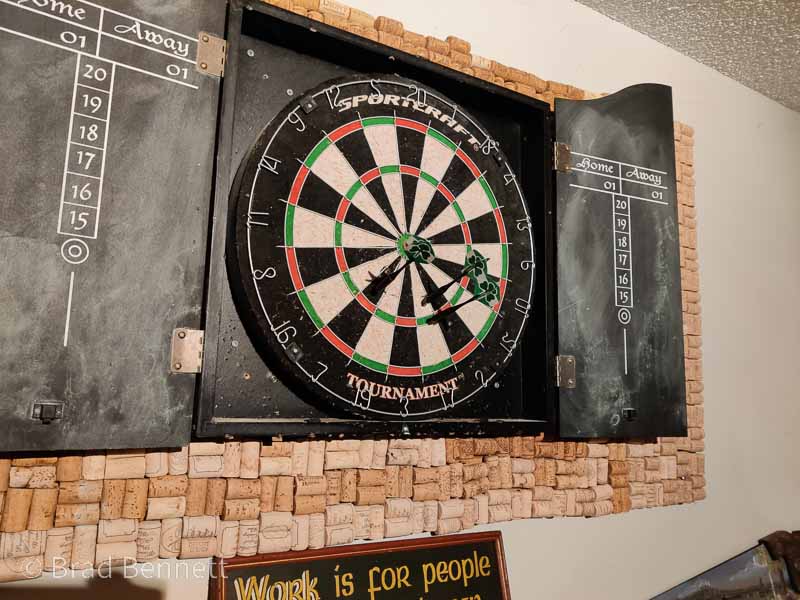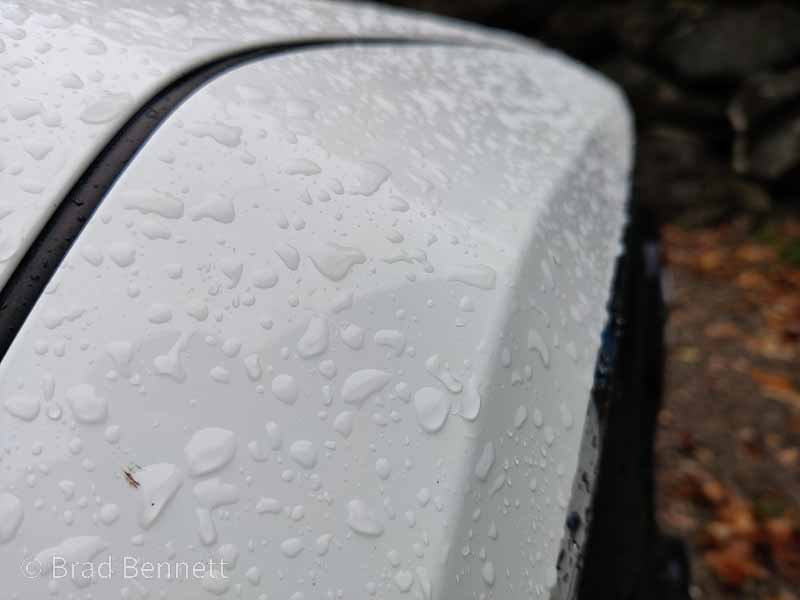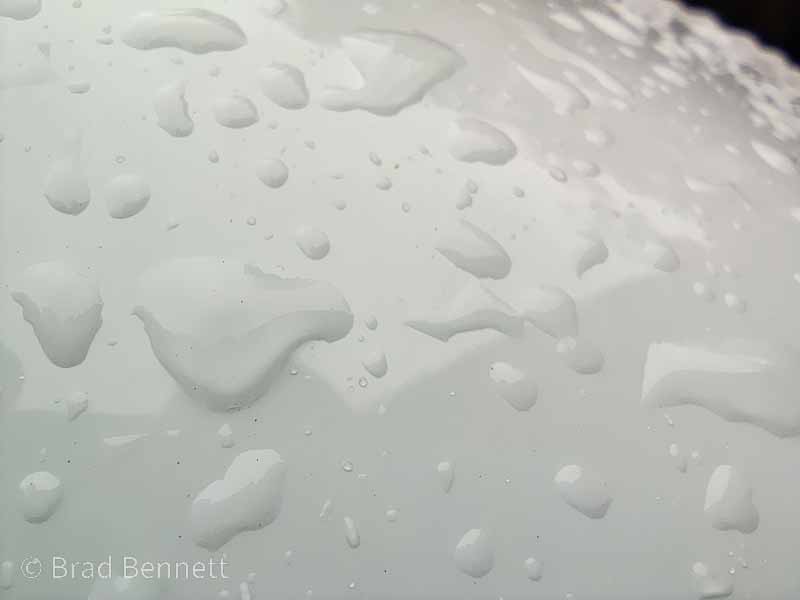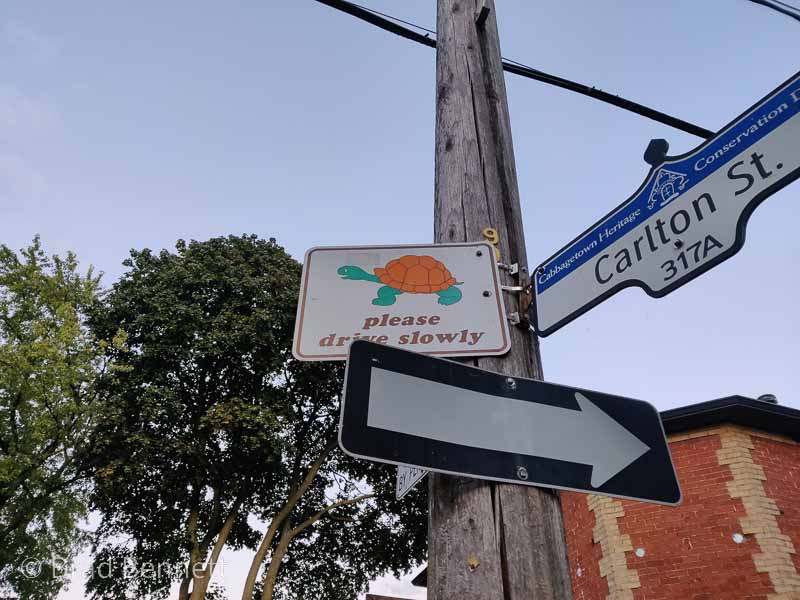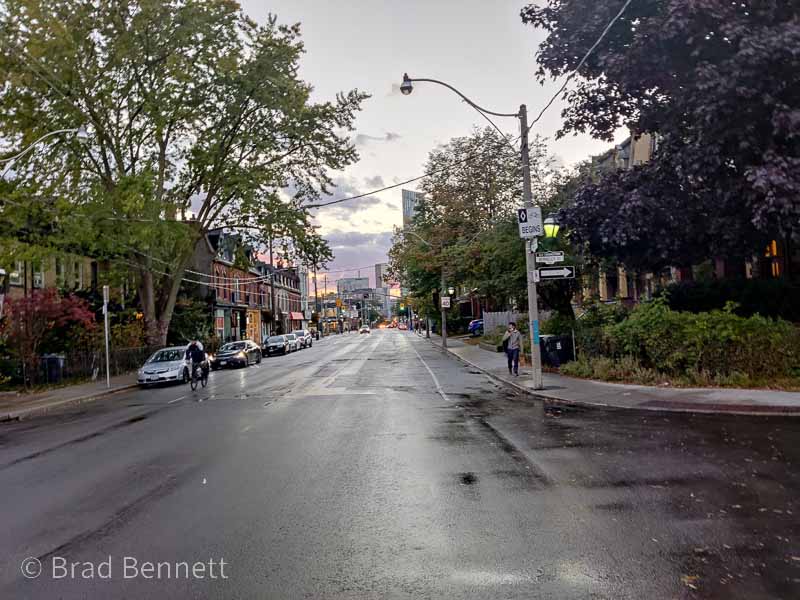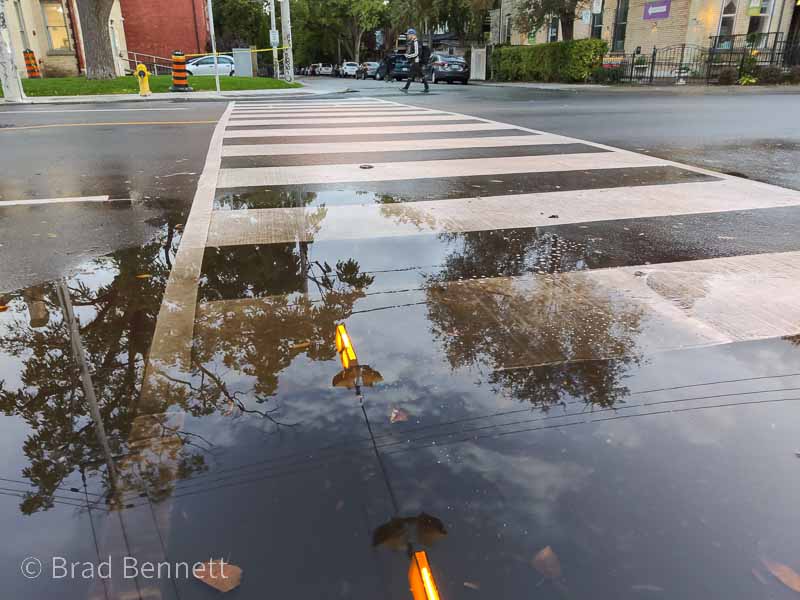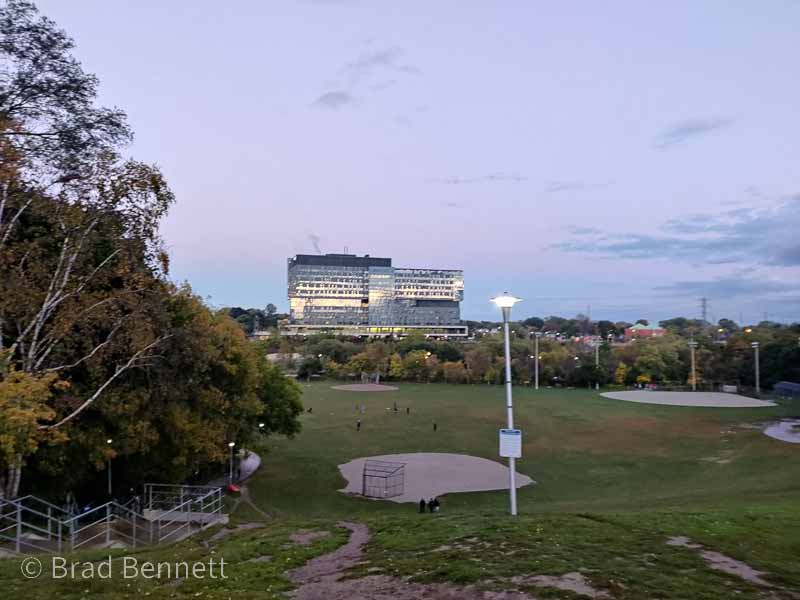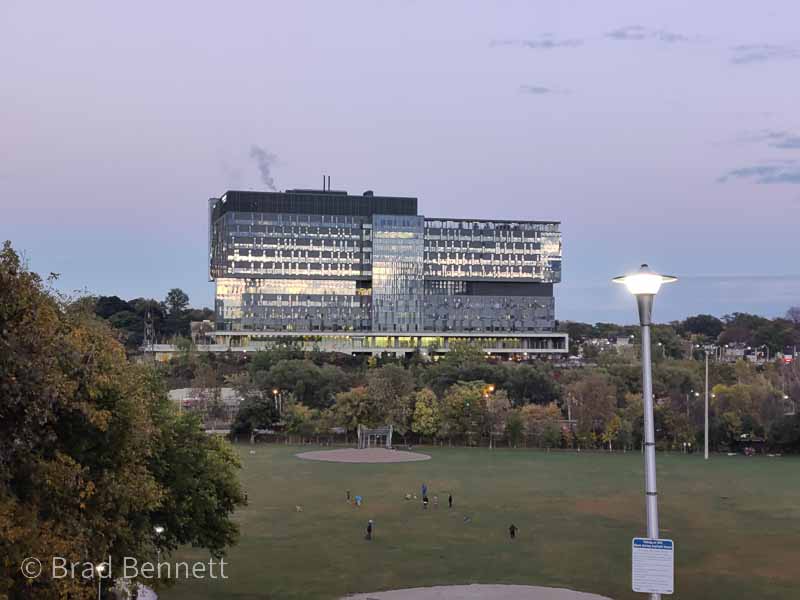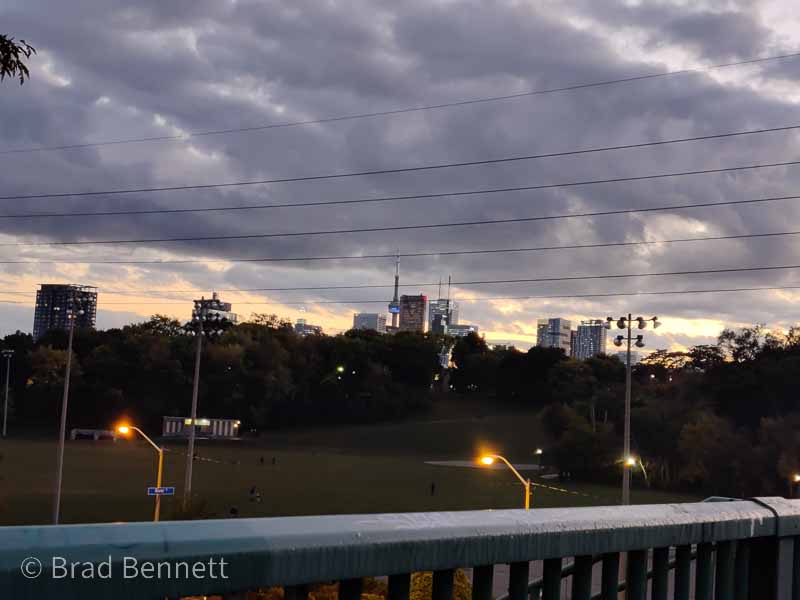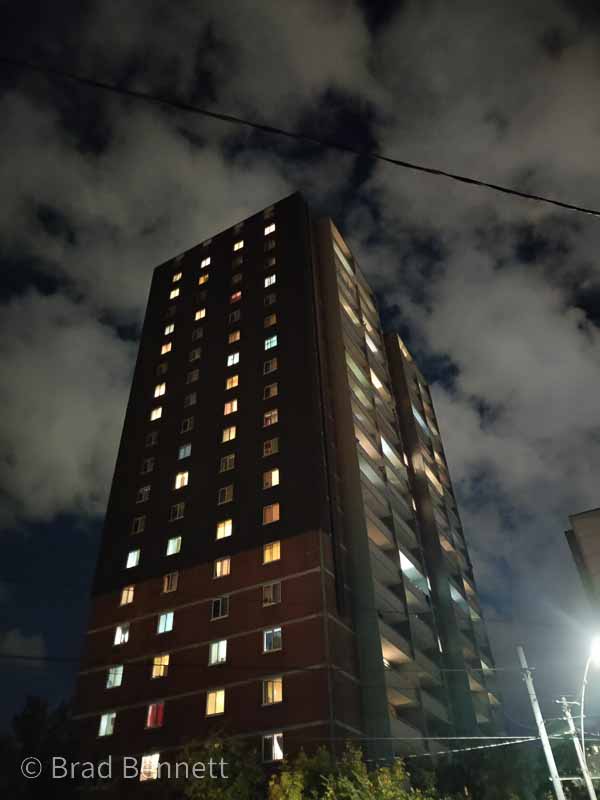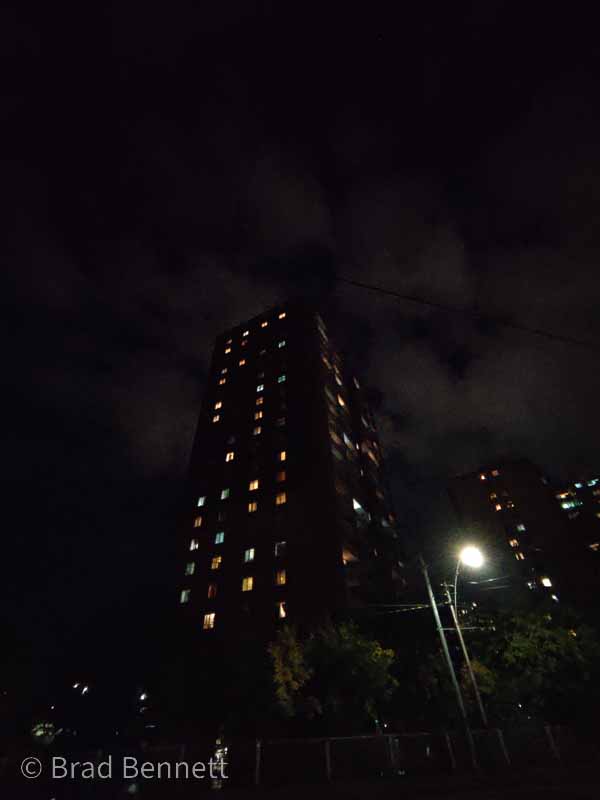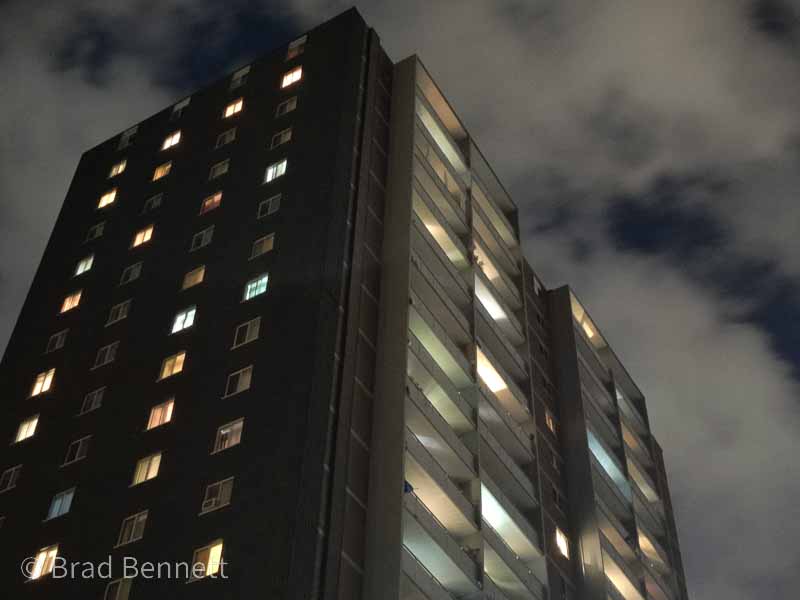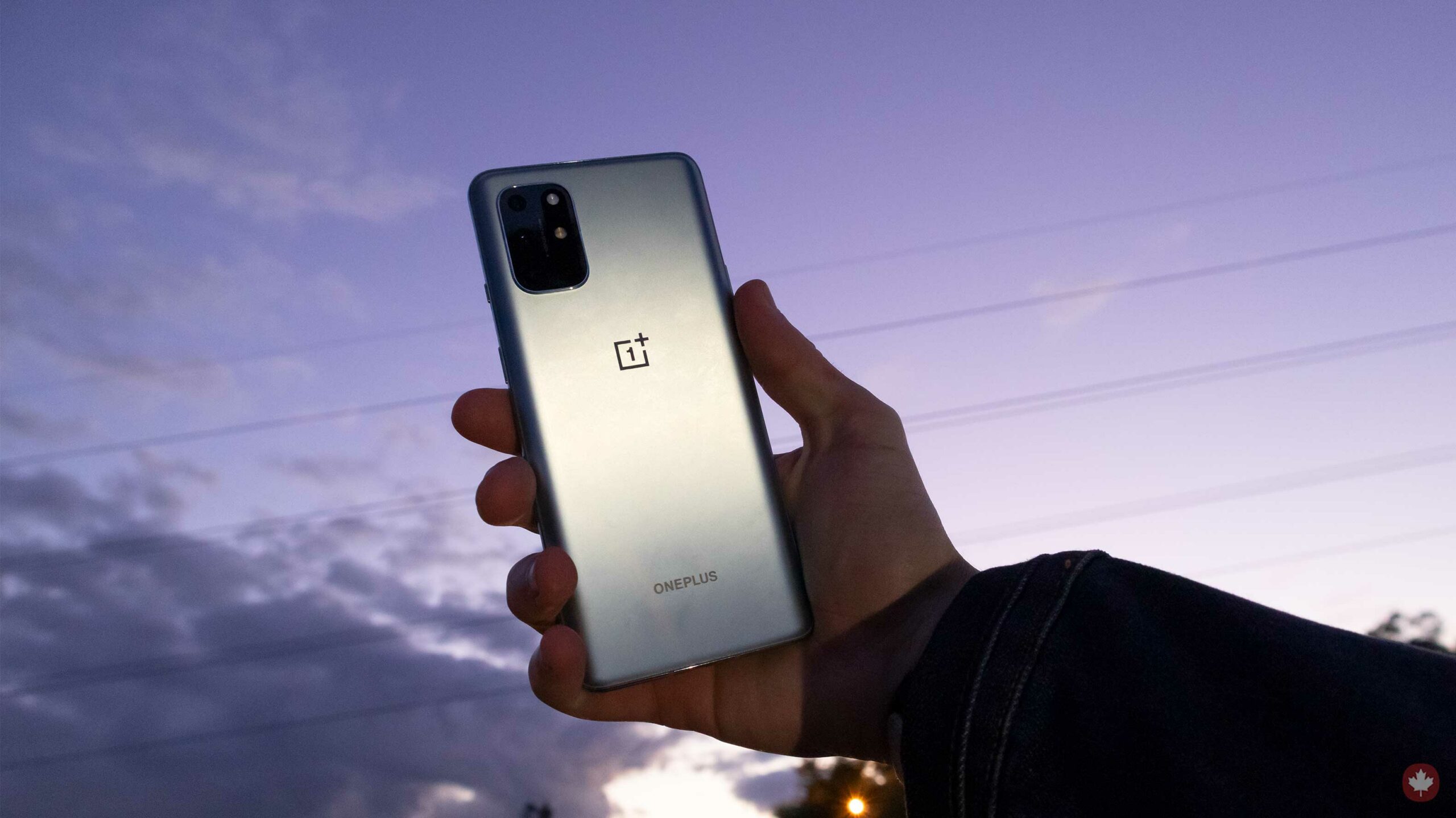
The Pros
- Great camera
- Best OnePlus design yet
- ultra-fast charging
The Cons
- No wireless charging
- Weird IP rating
- $1,100 is too much
2020 is stacking up to be OnePlus’ best year yet, as the company follows up the very well-reviewed Nord and OnePlus 8 series with the new 8T.
The phone takes everything I liked about the 8 Pro, adds a few more features and then packs it into a case that’s a cross between the OnePlus 8 and the OnePlus 7T. While this sounds like a recipe for success, there are a few holdups.
The only issue I have with the phone relates to its cost. If money is no object, then you’ll be happy with this device, but several other lower-cost options this year might make you think twice about paying $1,099 CAD for a powerhouse like the 8T.
When I reviewed the OnePlus 8 series, I said that perfection was only a phone away, and the 8T just about proves me right.
Specs
OnePlus 8T
OnePlus 8 Pro
OnePlus Nord
Display
6.55-inch Fluid AMOLED, 1080 x 2400 pixels, 20:9 aspect ratio, 120Hz refresh rate
6.78-inch Fluid AMOLED, 3168 x 1440 pixels, 19:8:9 aspect ratio, 120Hz refresh rate
6.44-inch Fluid AMOLED, 2,400 x 1,080 pixels, 20:9 aspect ratio, 90Hz display
Processor
Snapdragon 865
Snapdragon 865
Snapdragon 765G
RAM
12GB of RAM
8GB/12GB of RAM
8GB of RAM, 12GB of RAM
Storage
256GB
128GB, 256GB
64GB, 128GB, 256GB
Dimensions (in.)
160.7 x 74.1 x 8.4mm
165.3 x 74.35 x 8.5mm
158.3 x 73.3 x 8.2mm
Weight
188g
199g
184g
Rear Facing Camera
48-megapixel (f/1.78, OIS,EIS) + 16-megapixel (f/2.2, 123-degree ultrawide) + 5-megapixel (macro) + 2-megapixel (monochrome)
48-megapixel (f/1.78, OIS,EIS) + 8-megapixel (f/2.44, telephoto, OIS) + 48-megapixel (f/2.2, 119.7-degree ultra-wide angle) + 5-megapixel (f/2.4, colour filter)
48-megapixel (f/1.8, wide) + 8-megapixel (f/2.3, ultrawide) + 2-megapixel (f/2.4, macro) + 5-megapixel (f/2.4, depth)
Front Facing Camera
16-megapixel (f/2.4, EIS)
16-megapixel (f/2.45)
32-megapixel (f/2.5) + 8-megapixel (f/2.5)
OS
Android 11 (OxygenOS 11)
Android 10 (OxygenOS 10.5)
Android 10
Battery
4,500 mAh
4510mAh
4,115mAh
Network Connectivity
GSM/HSPA/LTE/SUB-6 5G/Wi-Fi 6
GSM/HSPA/LTE/SUB-6 5G/Wi-Fi 6
GSM/HSPA/LTE/5G
Sensors
Fingerprint (in-display), accelerometre, gyro, electronic compass, ambient light sensor, proximity sensor
Fingerprint (in-display), accelerometre, gyro, electronic compass, ambient light sensor, proximity sensor
Fingerprint (in-display), accelerometor, gyro, proximity, compass
SIM Type
Dual nano-SIM
Dual nano-SIM
Nano SIM
Launch Date
October 23, 2020
April 14, 2020
July 22, 2020
Misc
Colours: Aquamarine Green, Lunar Silver
Colours: Onyx Black, Glacial Green, Ultramarine Blue, Dolby Atmos stereo speakers, improved haptic vibration engine, alert slider
Colours: Blue Marble, Gray Onyx | 30-watt Warp charging
Display
OnePlus 8T
6.55-inch Fluid AMOLED, 1080 x 2400 pixels, 20:9 aspect ratio, 120Hz refresh rate
OnePlus 8 Pro
6.78-inch Fluid AMOLED, 3168 x 1440 pixels, 19:8:9 aspect ratio, 120Hz refresh rate
OnePlus Nord
6.44-inch Fluid AMOLED, 2,400 x 1,080 pixels, 20:9 aspect ratio, 90Hz display
Processor
OnePlus 8T
Snapdragon 865
OnePlus 8 Pro
Snapdragon 865
OnePlus Nord
Snapdragon 765G
RAM
OnePlus 8T
12GB of RAM
OnePlus 8 Pro
8GB/12GB of RAM
OnePlus Nord
8GB of RAM, 12GB of RAM
Storage
OnePlus 8T
256GB
OnePlus 8 Pro
128GB, 256GB
OnePlus Nord
64GB, 128GB, 256GB
Dimensions (in.)
OnePlus 8T
160.7 x 74.1 x 8.4mm
OnePlus 8 Pro
165.3 x 74.35 x 8.5mm
OnePlus Nord
158.3 x 73.3 x 8.2mm
Weight
OnePlus 8T
188g
OnePlus 8 Pro
199g
OnePlus Nord
184g
Rear Facing Camera
OnePlus 8T
48-megapixel (f/1.78, OIS,EIS) + 16-megapixel (f/2.2, 123-degree ultrawide) + 5-megapixel (macro) + 2-megapixel (monochrome)
OnePlus 8 Pro
48-megapixel (f/1.78, OIS,EIS) + 8-megapixel (f/2.44, telephoto, OIS) + 48-megapixel (f/2.2, 119.7-degree ultra-wide angle) + 5-megapixel (f/2.4, colour filter)
OnePlus Nord
48-megapixel (f/1.8, wide) + 8-megapixel (f/2.3, ultrawide) + 2-megapixel (f/2.4, macro) + 5-megapixel (f/2.4, depth)
Front Facing Camera
OnePlus 8T
16-megapixel (f/2.4, EIS)
OnePlus 8 Pro
16-megapixel (f/2.45)
OnePlus Nord
32-megapixel (f/2.5) + 8-megapixel (f/2.5)
OS
OnePlus 8T
Android 11 (OxygenOS 11)
OnePlus 8 Pro
Android 10 (OxygenOS 10.5)
OnePlus Nord
Android 10
Battery
OnePlus 8T
4,500 mAh
OnePlus 8 Pro
4510mAh
OnePlus Nord
4,115mAh
Network Connectivity
OnePlus 8T
GSM/HSPA/LTE/SUB-6 5G/Wi-Fi 6
OnePlus 8 Pro
GSM/HSPA/LTE/SUB-6 5G/Wi-Fi 6
OnePlus Nord
GSM/HSPA/LTE/5G
Sensors
OnePlus 8T
Fingerprint (in-display), accelerometre, gyro, electronic compass, ambient light sensor, proximity sensor
OnePlus 8 Pro
Fingerprint (in-display), accelerometre, gyro, electronic compass, ambient light sensor, proximity sensor
OnePlus Nord
Fingerprint (in-display), accelerometor, gyro, proximity, compass
SIM Type
OnePlus 8T
Dual nano-SIM
OnePlus 8 Pro
Dual nano-SIM
OnePlus Nord
Nano SIM
Launch Date
OnePlus 8T
October 23, 2020
OnePlus 8 Pro
April 14, 2020
OnePlus Nord
July 22, 2020
Misc
OnePlus 8T
Colours: Aquamarine Green, Lunar Silver
OnePlus 8 Pro
Colours: Onyx Black, Glacial Green, Ultramarine Blue, Dolby Atmos stereo speakers, improved haptic vibration engine, alert slider
OnePlus Nord
Colours: Blue Marble, Gray Onyx | 30-watt Warp charging
Simplicity works wonders
OnePlus has been using variations of the same design for the past few years, with the only exception being the 7T’s unusual camera bump and the 7 Pro’s pop-up camera. Now, it’s finally shifted from using long camera bumps to a rectangular shape. Initially, I wasn’t a fan of the 8T’s camera module since it reminded me of Samsung’s smartphones, but the more I used OnePlus’ latest device, the more it grew on me.
I especially like that OnePlus jammed all the camera hardware into the bump, instead of placing it beside the camera like it did with the 8 Pro. The new camera enclosure is also a little thinner than the 8 Pro and the 7T, which is a welcome change since the old bumps were so large.
OnePlus covered both the front and the back of the phones with Gorilla Glass 5, Which feels nice when holding the phone in my hand. The rear of the ‘Lunar Silver’ model OnePlus sent me is also frosted with a soft-touch material that looks nice and feels great. If you don’t want silver, the phone also comes in a light green hue called ‘Aquamarine Green.’
The edges of the 8T are wrapped in a small metal band with the volume keys on the left. On the right side, you’ll find the classic OnePlus Alert slider and a power button. All the buttons are satisfyingly clicky.
OnePlus placed the USB-C port and the louder half of the device’s stereo speakers along the phone’s bottom. The other speaker is embedded in the earpiece and helps with stereo separation when the phone is in landscape, but I found it quieter than the other speaker. OnePlus said this also provides Dolby Atmos support. I’ve never had much luck with in-phone Atmos setups unless I’m Holding them level with my face and playing content at high volumes, which isn’t practical for the duration of a movie or show. That said, the speakers are loud, crisp and easily fill a room with sound.
The real star of the phone is its 6.55-inch 120Hz AMOLED display. This time around, OnePlus put extra effort into making the screen more colour accurate than ever before. It also left the smartphone’s display flat like last year’s 7T which some people, me included, like more than curved displays.
Originally, I thought the 8T had a better display than the OnePlus 8 Pro. Yet, the more I look at pictures and videos side-by-side, there isn’t a noticeable difference. Still, it’s nice to see the China-based company double down on its dedication to screen quality.
OnePlus says that the 8T’s new display is also 28 percent thinner than its previous phones with a peak brightness of 1,100 nits and the ability to cut blue light emissions by 40 percent. However, it’s hard to notice a difference until you also turn on the software-based blue light filter that most Android phones have.
Overall the 8T’s beautiful screen, soft back and 188g weight make this phone super comfortable to hold. Interacting with this device also feels super-premium with its responsive and accurate display, plus it has a very nice haptic feedback. OnePlus has been working towards making phones feel this nice for years and this is the closest it’s gotten.
My new favourite camera
I’m usually a fan of most smartphone cameras since I find that no matter what I’m using, it’s mostly about being in the right place at the right time. That said, I’ve fallen for the OnePlus 8T’s fantastic lenses.
There are three main cameras on the phone’s rear and a monochrome camera like the OnePlus 8 Pro. However, this year you can’t use it to see through thin black fabrics and plastics like the 8 Pro. OnePlus patched that ‘feature’ out of the 8 Pro following an outcry over the accidental X-ray capability.
The main lens is a 48-megapixel Sony IMX586 sensor with optical image stabilization and an f/1.7 aperture. Flanking that is a 16-megapixel 123-degree ultrawide and a 5-megapixel macro lens.
It’s disappointing that OnePlus skipped out on the telephoto lens this time around and decided that Macro and Monochrome were better. While both of those lenses are cool, neither are as useful as a zoom lens. That said, the 8T’s digital zoom is passable in some situations.
When it comes to taking pictures, the camera app is feature-packed with various modes, including OnePlus’ ‘NightSight,’ ‘Portrait mode,’ pro controls and options that give the camera additional versatility.
I didn’t find myself using the ‘Pro’ mode very often since the regular camera was pretty powerful in its own right. The primary camera setup takes images in 12-megapixel shots that look sharp and provide accurate colours. There is a shortcut to take 48-megapixel photos but OnePlus mentions that using the camera’s full megapixel count works the best in bright, well lit environments.
For the most part, the photos I took came out well, but anything with tons of small details like a furry dog or trees sometimes were a little hit-and-miss as the camera struggled to capture all the fine details.
However, I still managed to get more super sharp photos than not with this camera.
The video quality is just as good, with the new optical image stabilization helping to create stable and cinematic video. OnePlus even added some video editing tools and filters to its default Gallery app.
This time the phone is capable of capturing 4k video at either 30 or 60fps. There’s also a super slow motion mode that can shoot as high as 480fps when recording 720p video. These features are cool but the most significant improvement to video this time around is its increased stabilization.
Not new, but not bad
Inside the phone, OnePlus hasn’t packed in a ton of cutting-edge features, but it’s still filled with useful high-end gear.
This includes a 5G-capable Snapdragon 865 chipset and 12GB of RAM. Overall, this future-proofs the device as Canadian 5G networks launch and slowly expand across the country.
The 8T also features a 4,500 mAh battery that’s split in half so the company can use a new version of fast-charging it calls Warp Charge 65. The new standard is capable of boosting the phone’s battery to almost 60 percent in 15 minutes. To get to 100 percent, it also only takes roughly 40-minutes, which is pretty impressive. During my time with the phone I could easily get a day and a half of heavy use, and I bet if I really tried I could push it even further.
One of the more interesting aspects of the fast-charging on this phone is that this time OnePlus included a USB-C to USB-C cable that can support 45-watt charging with other devices like headphones, laptops, the Switch and other devices. This is useful since most company’s fast-chargers are locked down to only fast-charging their own devices. OnePlus is stressing that the new phone doesn’t get hot when you game or charge. IN my experiance this is true, which is crazy since I found that previous OnePlus phones get pretty hot.
There’s also NFC, Bluetooth 5.1 and other high-end audio codecs, which is a nice touch for people with high-end speakers and headphones.
In terms of security, the OnePlus 8T has a rudimentary face unlock that’s not super secure because it doesn’t have any way to measure depth, and a quick in-display optical fingerprint sensor.
The perfect phone still might not be the best phone for you
OnePlus really has done it. The company made a phone capable of competing against most modern flagships and in many cases, is actually better. The only classic OnePlus compromise is the fact that the OnePlus 8T lacks wireless charging.
That said, the camera, OxygenOS 11 and the hardware all stand up to the test in day-to-day use. One weird aspect though, is that the T-Mobile version of the phone in the U.S. has an IP68 rating while the unlocked version is unrated. This leads me to believe that all versions are going to be moderately waterproof, but I wouldn’t test it on purpose.
OnePlus has stepped up OxygenOS with Android 11, including a new always-on display mode, plus one that even uses Bitmoji, but I’m still waiting on the final update to add it.
Overall, there are some random software bugs, but the phone runs smoothly, and a solid restart every few days usually fixes whatever issues I encounter.
When I reviewed the OnePlus 8 Pro, I said that OnePlus made an amazing phone, but that the company needed to overhaul its software to tie it in with the device’s hardware and OnePlus’ design.
Since then, the OnePlus has done this. The OnePlus 8T checks all the boxes for me except for the $1,100 price, which is a lot to ask for a smartphone that you can’t subsidize from a carrier. If it came in closer to $700 like the Nord, I think this would be my favourite phone of the year. But for now, it’s nice to see OnePlus release a phone that’s as stellar as this and hopefully, it can take what it’s learned and apply it to the next Nord handset.
"The OnePlus 8T checks all the boxes for me except for the $1,100 price, which is a lot to ask for a smartphone..."
MobileSyrup may earn a commission from purchases made via our links, which helps fund the journalism we provide free on our website. These links do not influence our editorial content. Support us here.

